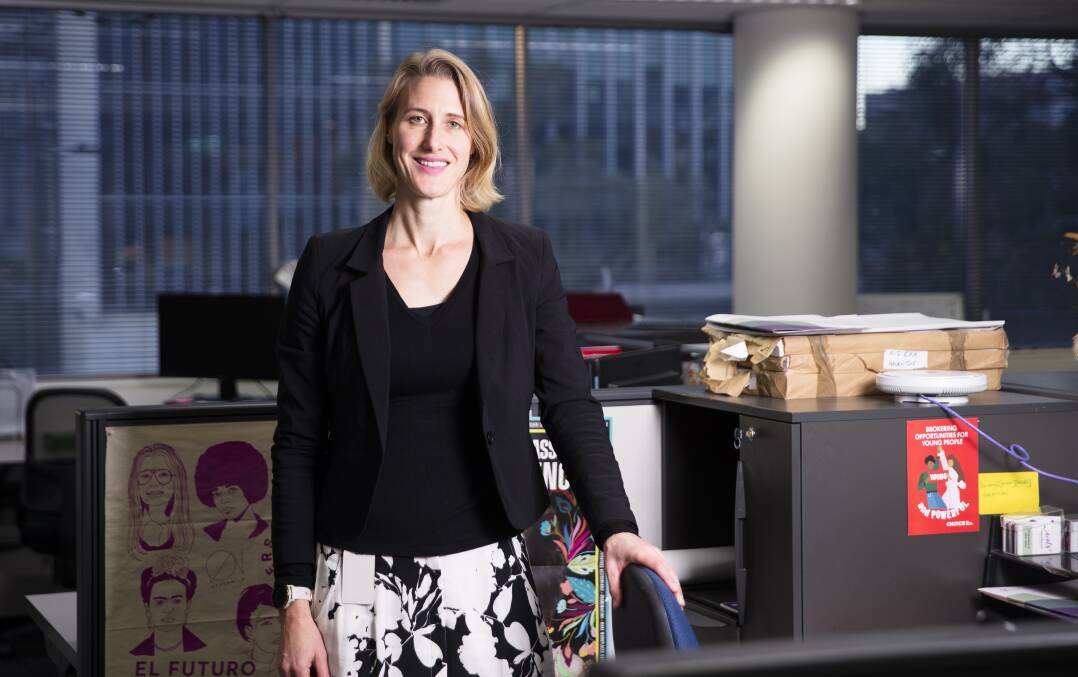
Employers are preventing women from progressing up the career ladder by confining leadership positions to full-time roles, the Workplace Gender Equality Agency found.
A data series released by the government agency on Monday revealed that, in 2021, there was no age group where more than 50 per cent of women were working full-time.
At the same time, almost 90 per cent of all managerial positions were full-time roles.
Canberra community organisation YWCA defies that trend, with four of six executive directors working flexibly in some capacity.
The organisation has been cited as an employer of choice for gender equality by the Workplace Gender Equality Agency since 2014.
"A big part of [that] is having robust flexible work conditions in place for our staff, and actively making leadership positions accessible to staff who may need to have part-time working hours for any number of reasons," chief executive Frances Crimmins said in a statement.
Melanie Milsom, executive director of strategic development at YWCA, works four days a week, helping to care for three young children.
"I've been fortunate that I've had two senior roles in my career that were in part-time capacities, and when I went into those roles I negotiated to be part-time for the reasons I needed," she said.
"The roles that I applied for weren't advertised as part-time, so I think for women in general, if that's what they're seeking, or needing - or men as well - they need to be quite proactive."
The data found that from age 35 onwards, men are predominantly employed in full-time roles while women are more likely to be working part-time.
Men also out earn women in every age group, peaking in the 55-64 years category where they take home roughly $40,000 more per year.
"If organisations want to unlock the potential that these women can provide after the age of 35, there needs to be a shift in workplace structures surrounding them," Workplace Gender Equality Agency director Mary Wooldridge said in a statement.
"Creative workplaces will reap the talent rewards today and in the future."
Ms Milsom agreed that flexibility across the board contributed to better workplaces.
"Whether it's [working from] home, or a compressed fortnight, or whatever that might be that suits to have a less stressed home life which means you have more energy and focus to put into your your work."
Employers can introduce a range of policies to reach gender parity, the gender equality agency says, including gender-neutral paid parental leave, encouraging flexible work and monitoring the take-up, offering part-time and job-sharing managerial roles and assisting access to affordable child care.
We've made it a whole lot easier for you to have your say. Our new comment platform requires only one log-in to access articles and to join the discussion on The Canberra Times website. Find out how to register so you can enjoy civil, friendly and engaging discussions. See our moderation policy here.







